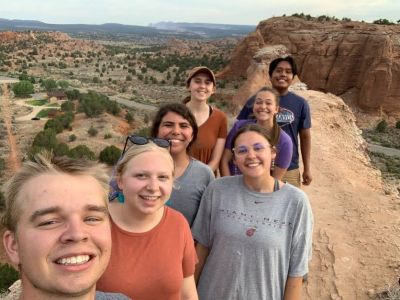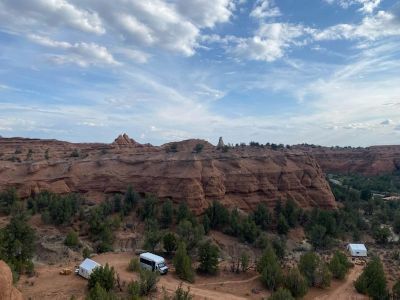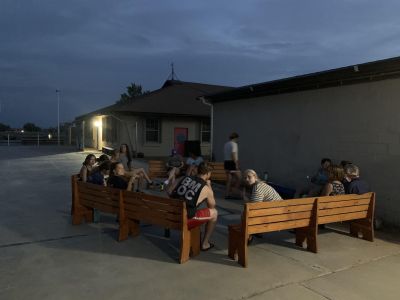Landon is a junior who is majoring in Biology.
Throughout our journeys in the Navajo and Hopi nations, we are required to share our thoughts, themes and emergent experiences via journal entries. Three times a week, students are given journal prompts asking to elaborate on specific topics chosen by David and Kendra based on the week’s happenings. From a descriptive analysis of the neighborhood/homestay we were present in, to first impressions and leave-taking, these journals kept us on our toes, as we took in our environment and the people around us as best we could. Soon after our homestays in Navajo, we were asked to share a story that we would expect to share once we returned home. These stories ranged in topics from intercultural relations/connections, cross-cultural humor/faux-pas, to more personal happenings such as worldview shifts, illnesses, and adventures. We either wrote multiple stories along the way, or rewrote old ones with modifications, reflective and/or descriptive additions.
A week before our trip to Kodachrome Basin for our final retreat, we were asked to prepare one of the stories we had been working on to share in front of the group. Looks of apprehension were worn on the sleeves of the students. As the day of the presentations got closer, questions were asked of each other as to the readiness of our stories and whether or not we would need notes to guarantee a successfully verbalized narrative. The hours passed and soon we were sitting around a dwindling fire, aided by only the moonlight to light up the campsite. Meals were finished and slowly all the attention was given to David and Kendra to get things started. At first no one wanted to share, but once the train got rolling, we were smiling and attentively taking in the words of our fellow students. The nerves began to subside. Brief moments of laughter and panic were shared among all as stories of comical intercultural interactions, shifting worldviews and adventures were expressed.
Half of the stories were shared at Kodachrome Basin on July 17th, while the rest were shared outside the Peace Academic Center on July 20th. The goal for these stories was to facilitate a way for us to reflect on our time and the relationships we made in a way that is deeper than superficial. Sarah Augustine, the professor of the Indigenous Rights course that all of us took in June, encouraged us not to think of our travels to Navajo and Hopi country as a mission. Rather, our time in Navajo and Hopi country is the preparation for a mission that starts when we return to our own homelands. The stories we have collected are part of that return mission. What we tell, how we tell, and how we integrate those stories – and the experiences and relationships they describe – into our lives after this experience will be the true sense of their meaning and significance.







